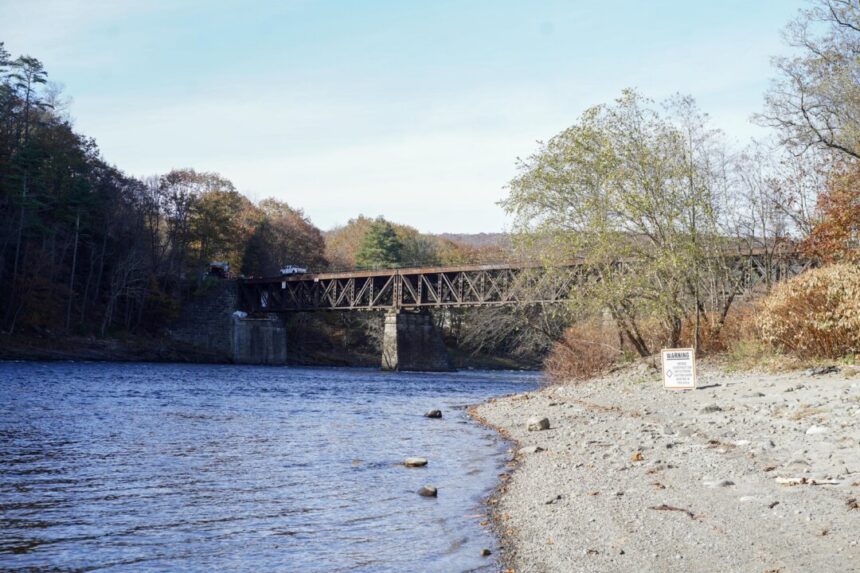The salt line, where freshwater and saltwater meet, has shifted 19 miles farther upstream than usual due to a dry spell this fall, causing concerns about the impact on clean drinking water and infrastructure integrity. The Delaware River, which flows through Wilmington, Delaware; Camden, New Jersey; Philadelphia; and other East Coast cities and towns, has experienced significant movement in the salt line.
Kate Schmidt, a spokesperson for the Delaware River Basin Commission, highlighted the dangers of the marked shift, emphasizing the need to address the salinization of water and its corrosive effects on buildings. The salt front, also known as the salt line, is the point in the river where freshwater mixes with saltwater at a density that requires processing before consumption.
Schmidt noted that the salt front’s current location is just south of the Philadelphia airport, 19 miles upstream from its typical position near Wilmington. To combat this shift, the commission has requested water releases from reservoirs in Pennsylvania to increase freshwater levels around Trenton, New Jersey.
The lack of precipitation has contributed to the salt front’s movement, driven upstream by ocean tides without sufficient freshwater to counteract it. Amy Shallcross, manager of water resource operations at the commission, emphasized the need for consistent rainfall to push the salt front back to its usual location.
If dry conditions persist, Schmidt stressed the importance of taking swift action to prevent further encroachment of the salt front, including additional water releases. While there is currently no immediate threat to drinking water intakes, ongoing dry weather could necessitate increased freshwater releases.
The commission has implemented measures to protect freshwater, such as the construction of the Merrill Creek Reservoir in Harmony Township, New Jersey, and an aggressive conservation program. The 650-acre reservoir can store 15 billion gallons of water, providing a buffer against saltwater intrusion.
Despite fluctuations in precipitation levels, the region has faced challenges with flooding in recent years, underscoring the need for proactive measures to safeguard water resources in the Delaware River basin.
Source link






